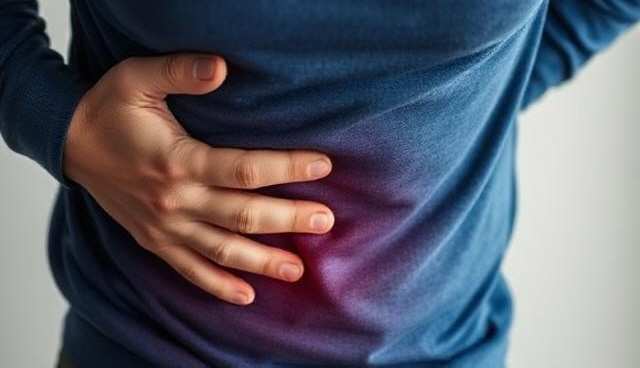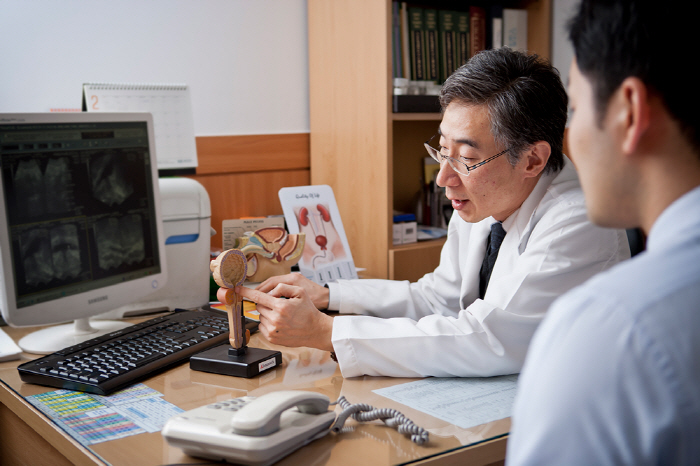I thought it was appendicitis and back disk, but urinary tract stones?Sepsis worsens when infected
Mar 31, 2025
|
Urinary stones refer to the formation of stones (stones) in 'rho', which is the way urine is produced and transported, stored, and excreted. The pain is very severe, and it suddenly appears for tens of minutesIt lasts for several hours and then appears again after disappearing. It is accompanied by nausea, vomiting, and abdominal distention, and hematuria due to urinary stones may also appear.
Stone from the kidney can come down to the ureter if it is less than 1cm in size, but if caught while coming down the ureter, it causes severe side and back pain that cannot disappear even with painkillers. Depending on gender, pain can extend toward the lower vaginal abdomen or testicles. In particular, the pain of urinary stones is similar to appendicitis (acute appendicitis), so it can be suspected as appendicitis.
Kim Kyung-jong, head of the urology department at Ceran Hospital, said "Uro stones cause severe pain in the side and back. It is easy to confuse appendicitis and lumbar discs because of pain in urination, hematuria is reflected, and side pain. "If the pain continues even after you change your posture, such as sitting or standing, you should suspect urinary stones and visit a hospital immediately."
If the ureter gets stoned and interferes with the flow of urinary flow, urine is not discharged well, so if left alone, the kidney's function will deteriorate, so the stones should be removed from the blocked urinary tract for treatment. Patients with suspected ureteral stones will experience more pain if they tap their backs. White blood cells increase on urine test when urinary tract infection is accompanied.
Urinary stones aggregate into stone-like crystals due to the high concentration of calcium, uric acid, and hydroxyl in urine. In particular, decreased water intake is an important cause of urinary calculus. When water intake is reduced, urinary crystals stay in the urine longer, increasing urinary stone formation. Men are more than three times more at risk of developing than women, and they are more likely to occur in younger age groups in their 20s and 40s. In particular, in summer, urine is concentrated while sweating a lot, making it easier to produce urinary stones.
Manager Kim Kyung-jong said "If the urinary stones are small and located in the lower ureter, natural discharge can be expected, and painkillers are taken to prevent pain during the atmospheric therapy period."You can also consider extracorporeal shock crushing lithotripsy, which fires shock waves from outside the body to induce the stones to be pulverized and discharged out of the body, and stone removal using a ureter. "
It is recommended to drink enough water to prevent urinary stones. Especially after exercising or sweating a lot, you should drink additional water. There is no need to limit calcium intake too much. Rather, limiting calcium intake too much can promote urinary calculus. Urinary stones have a high recurrence rate and can develop serious complications such as pyelonephritis or sepsis. If urinary tract stones recur frequently, drug therapy for the prevention of urinary tract stones can also be considered through specialist counseling.
|
This article was translated by Naver AI translator.















